You had me at "Free Narrative Language Assessment"If you like free, evidence-based language screening measures, you need to check out the CUBED Narrative Language Measures (NLM) and Dynamic Decoding Measures (DDM) from Language Dynamics (makers of Story Champs Narrative Language Intervention and the PEARL Screener). According to the authors, Douglas Peterson and Trina Spencer, the CUBED family of tools includes a criterion-referenced universal screening and progress monitoring assessment.. [which] can validly, reliably, and efficiently measure the constructs of decoding and language comprehension, and their product, reading for students in preschool through third grade. The results of the CUBED can directly inform instruction and provide information on a student’s modifiability and zone of proximal development. Wow! A free set of screening and progress monitoring tools that actually help inform your instruction AND your understanding of your students' actual decoding and language comprehension levels! But how does it work in actual practice? I used the NLM and here is my review (which was not solicited in any manner by CUBED or its associates. I just wanted to share my thoughts) My first impression of the the CUBED toolkit is that it is very well designed. The website is professionally done and fairly easy to navigate. I was also impressed by the research links. The authors have been researching narrative language for nearly 20 years and writing about narrative language since 2012. They have been published in the Perspectives journal for SIG 1: Language Learning and Education, the Journal of Learning Disabilities, and Topics in Language Disorders. I always like to see research to back up any screener or assessment I use. THe NLM- Narrative Language MeasuresThe Narrative Language Measures include the NLM Listening and the NLM Reading. Description of the NLM Listening measure:
There are additional sections of the NLM that examine story grammar comprehension and inferential word learning/word use. There is also a personal story generation task that can also be used to monitor expressive language. Did I mention that this FREE NLM toolkit includes both benchmark and progress monitoring assessments? The benchmark is administered by grade level and the progress monitoring assessments can be administered at any time. The website has this to say about the NLM: Each story within grade level has the same story grammar construction and complexity, the same number of words; the same number, type, and position of adjectives and adverbs; the same number of non-overlapping tier-2 (less common) words; the same number of additive, adversative, and temporal coordinating conjunctions; the same number, type, and position of temporal and causal subordinate clauses; the same number of appositives; the same Lexile score range; and a similar MLU. What does this mean for you? Accuracy when measuring student progress over time! The NLM Listening measure also includes optional picture supports for Pre K students, which cost $15. The manual recommends using them with students who have more difficulty retelling the story (so, basically all of my pre-K students), so I was happy to purchase them to use for benchmark and progress monitoring assessments. Description of the NLM Reading measure:
The DDM- Dynamic Decoding MeasuresDisclosure: I have not yet used the DDM for my own clients, but I am including them here so you have a full understanding of the CUBED toolkit. The DDM includes three dynamic assessments with multiple levels and a ‘test-teach-retest’ process to identify a student’s current level of performance for phonemic awareness, identification of words, letters, and sounds, and nonsense word decoding. Unlike the NLM, the DDM does not have specific grade levels for benchmark screening or progress monitoring.
How to use the CUBEDThe NLM and DDM are easy to download and use. Simply click on Download on the right-hand side of the page. You will need to complete your order (free if you just choose the CUBED, $15 if you choose to purchase the illustrations for Pre-K students). You will then receive an email with a link to a zip file, which includes PDF files for the CUBED manual, and DDM and MLM benchmarks, assessments, and stimulus booklets. It's very straightforward from there. In minutes, you will be on your way to assessing your students' narrative language and decoding! A little more about the researchThe DDM measures decoding. The NLM measures language. To understand the DDM a little better, here is what the website says about the DDM: The authors used [the] “simple view of reading” (Gough and Tunmer, 1986) as a general guide in the construction of the CUBED. They also used Alan Kamhi’s (2007, 2009) “narrow view of reading” as a frame of reference, which served to remind us of the importance of maintaining separate the measurement of those two constructs. According to the narrow view of reading, reading is defined as word recognition or decoding. Comprehension is removed from the reading construct because it already pertains to a clearly defined construct - language.Those four decoding behaviors are phonemic awareness (with phoneme segmentation, first sound identification, and phoneme blending targets), word identification (with irregular word reading, letter-sound identification, and letter-name identification targets), decoding (with CVC, CCVC, and silent ‘e’ nonsense words targets), and decoding fluency (obtained from reading a narrative passage). So let me know what you think- do you like the CUBED? Do you have any other favorite free language measures? Let me know in the comments!
3 Comments
Meghan Bird
9/25/2018 03:24:17 pm
While I love the cubed assessment and story champs, please, please do not use the online version from Language dynamics. Hopefully, eventually they will get everything working correctly but as of now, I have never been able to make groups, or even collect valid data. All of the data from the assessments I gave at the end of the last school year are wrong. Every single student has the same score. I have nothing to compare my newest testing with and I am extremely frustrated and disappointed. Obviously, I should've kept a record for myself, but I assumed it would be stored online for easy and safe access.
Reply
Madi E Castillo
4/6/2023 08:58:09 pm
I hope I can still get it!
Reply
Leave a Reply. |
About MEI'm Jill! I love to create and blog about fun, evidence-based resources that make the lives of parents and busy SLPs easier.
�
Archives
February 2018
Categories
All
|
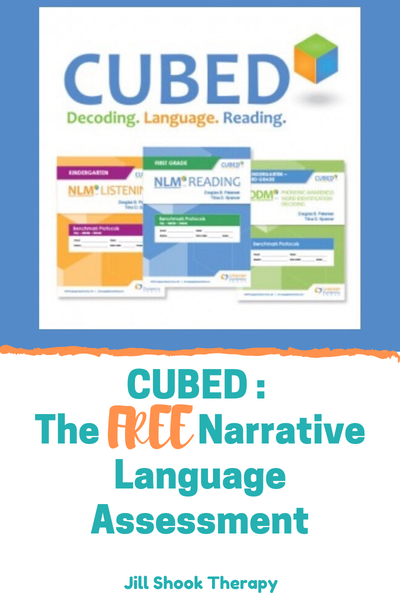
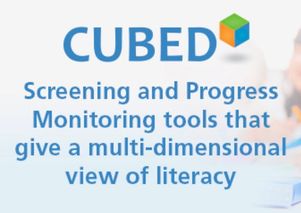
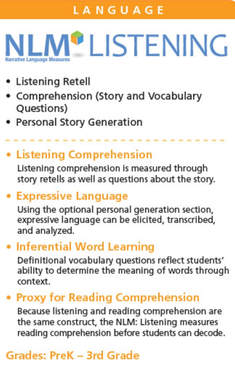
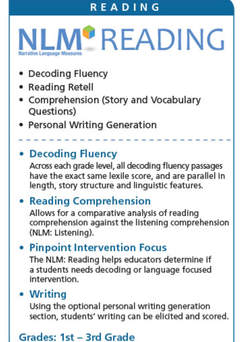
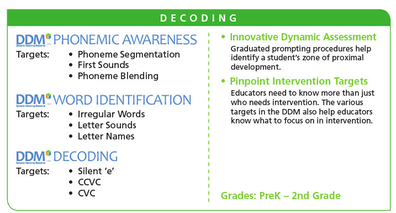

 RSS Feed
RSS Feed